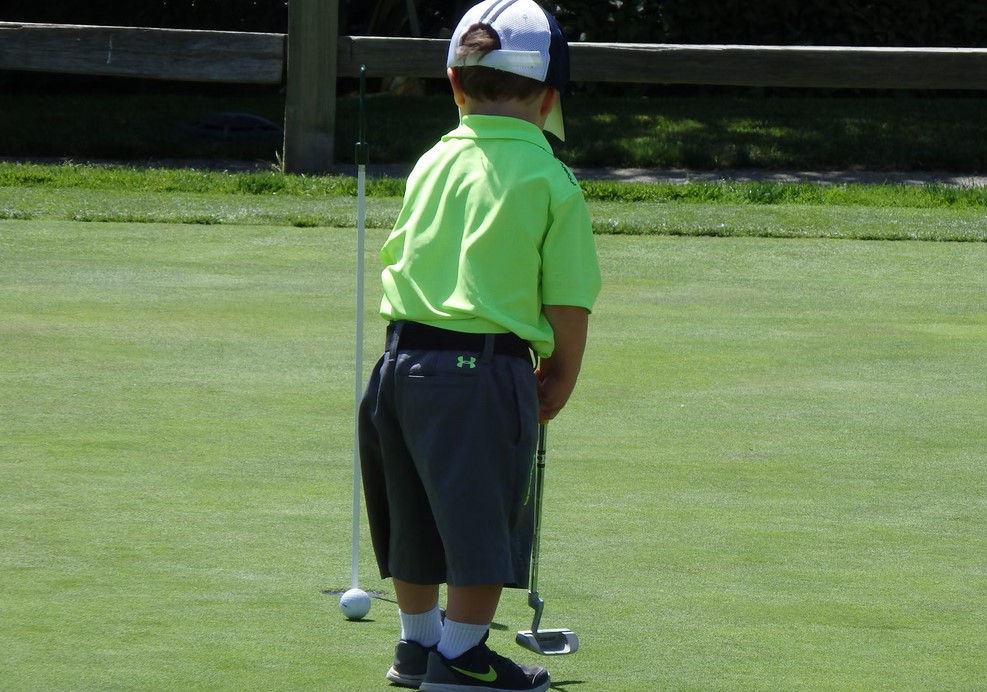So, you’ve got a budding young golfer on your hands and you’re eager to introduce them to the wonderful world of golf. But where do you start? Teaching kids to play golf can be a rewarding experience, but it’s important to approach it with the right mindset and strategies to ensure that they have fun while learning the game. In this guide, we’ll explore how to make golf training for kids an enjoyable and positive experience for both children and parents alike.
Introducing Golf Through Commercial Golf Simulators
When it comes to teaching kids the basics of golf, a commercial golf simulator provides an excellent starting point. These high-tech devices offer a fun and immersive way for children to learn the fundamentals of the game in a controlled environment. With realistic graphics and interactive features, golf simulators allow kids to practice their swings, work on their technique, and even play virtual rounds on iconic courses from around the world—all from the comfort of an indoor setting.
Exploring the Benefits of Golf for Kids
Before we dive into the nitty-gritty of teaching golf to kids, let’s take a moment to appreciate the many benefits that the sport has to offer young players. From building character and instilling discipline to promoting physical fitness and fostering social skills, golf offers a wealth of valuable lessons that can positively impact a child’s development both on and off the course.
Making Learning Fun: Tips for Teaching Kids Golf
1. Keep it Light and Positive
One of the most important aspects of teaching kids golf is to keep the atmosphere light and positive. Encourage them to approach the game with a sense of curiosity and adventure, rather than focusing solely on technique and results. Celebrate their successes, no matter how small, and offer gentle guidance and encouragement when they face challenges.
2. Emphasize Fun and Games
Kids learn best when they’re having fun, so incorporate games and activities into your golf training sessions to keep things engaging and enjoyable. Whether it’s setting up a mini putting course in the backyard, playing a round of “closest to the pin” with plastic balls, or inventing creative challenges to test their skills, find ways to make learning golf feel like playtime.
3. Focus on Basics and Fundamentals
While it’s tempting to dive straight into the intricacies of the golf swing, it’s essential to start with the basics when teaching kids. Focus on teaching them fundamental concepts such as grip, stance, posture, and alignment in a simple and easy-to-understand manner. Break down each aspect of the swing into manageable steps and allow plenty of time for practice and repetition.
4. Be Patient and Supportive
Learning golf takes time and patience, especially for young children who are still developing their coordination and motor skills. Be patient with your child as they progress through the learning process, and offer plenty of encouragement and support along the way. Remember that every child learns at their own pace, so avoid putting undue pressure on them to perform.
5. Foster a Love for the Game
Above all, your goal should be to foster a love for the game of golf in your child. Encourage them to develop a passion for the sport by exposing them to its rich history, traditions, and culture. Share your own enthusiasm for golf with them and create opportunities for them to experience the joy of playing and exploring the game in their own way.
Conclusion: Building Memories on the Fairways
Teaching a child to play golf is about more than just imparting technical skills—it’s about creating lasting memories and fostering a lifelong love for the game. By approaching golf training for kids with a focus on fun, positivity, and patience, you can help instill valuable lessons and create bonding experiences that will stay with them for years to come. So, grab your clubs, hit the green, and embark on an exciting journey of discovery and growth with your young golfer.



